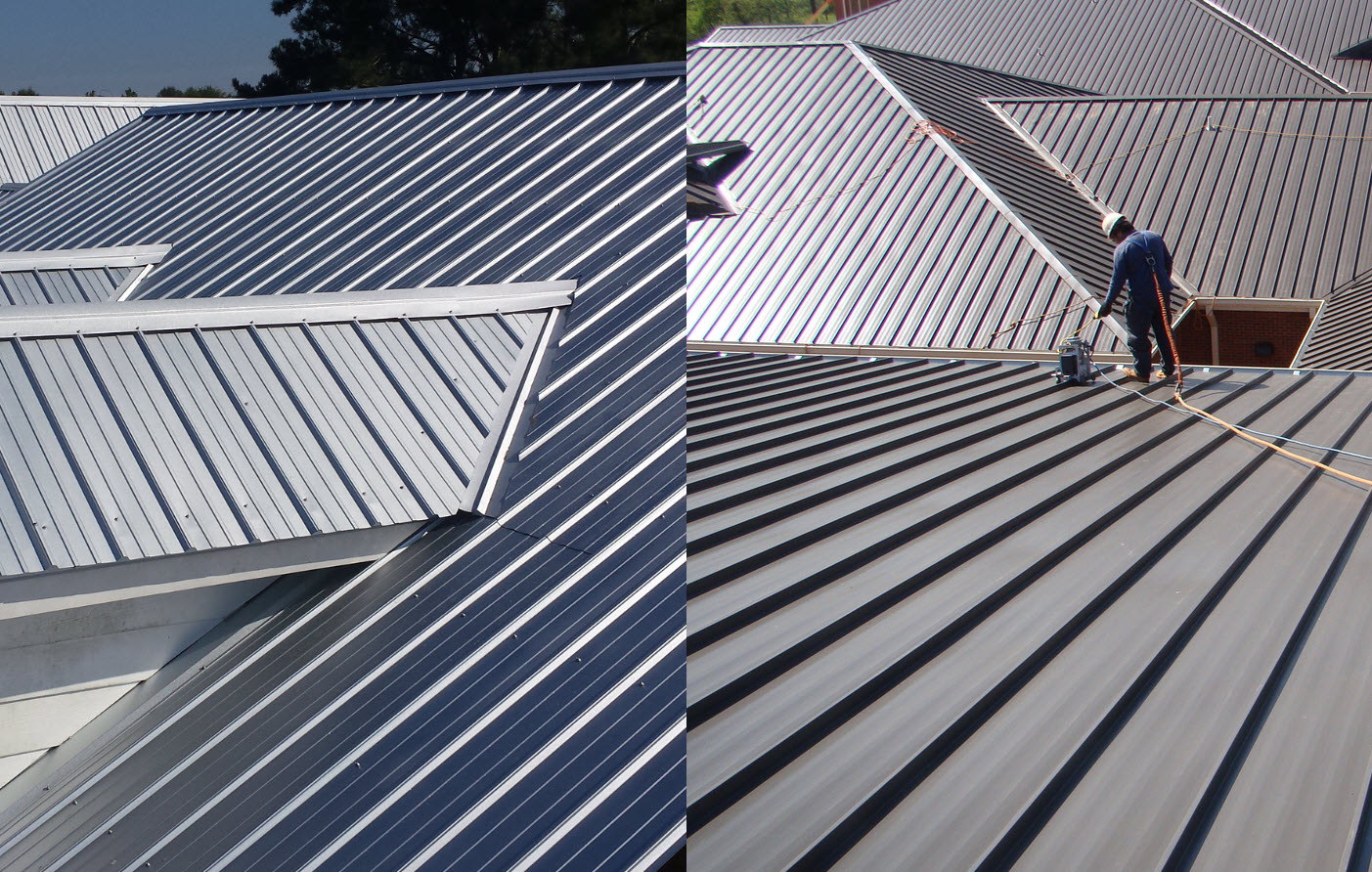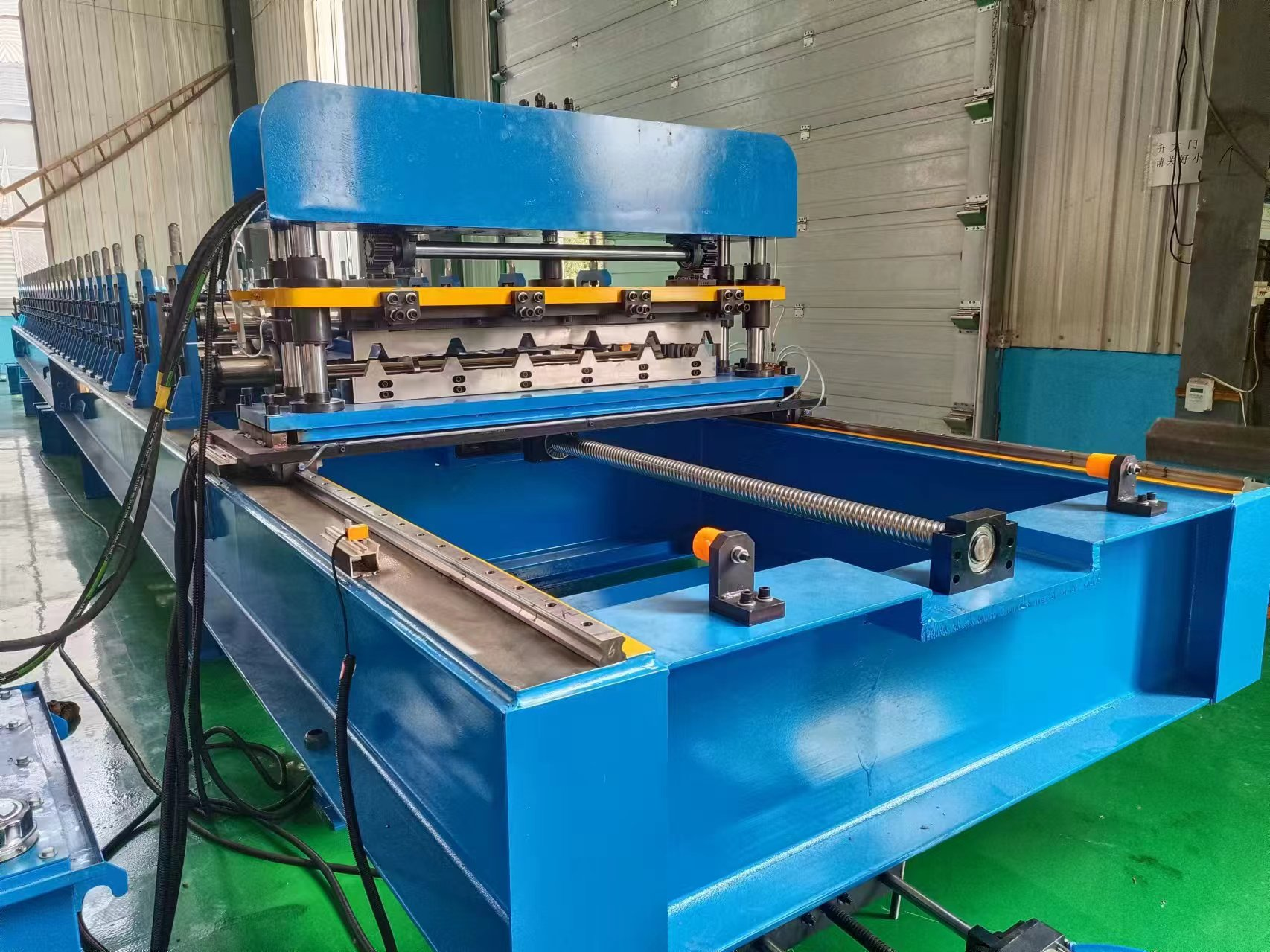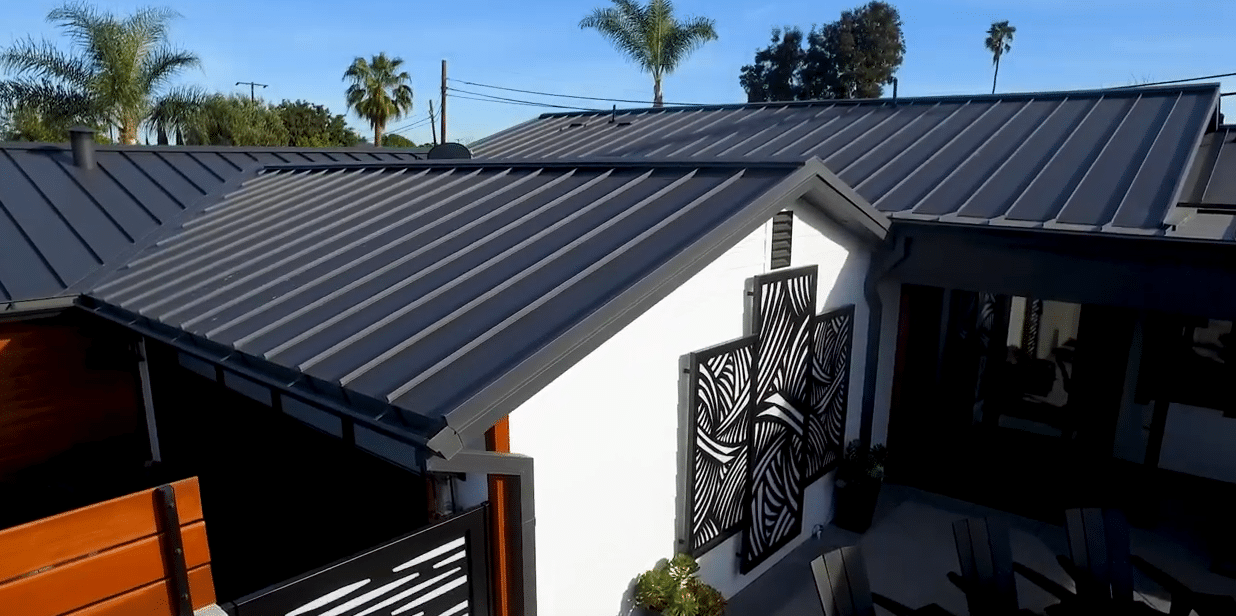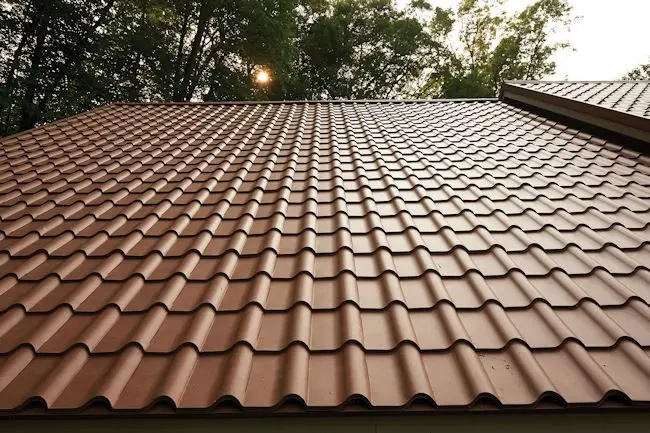Here’s a structured breakdown of the different types of metal roofing, including their definitions and the machines used to make them:
1. Corrugated Metal Roofing
1.1 What is Corrugated Metal Roofing?
Corrugated metal roofing is made of galvanized steel or aluminum and features a wavy pattern, commonly used in agricultural or industrial buildings. It’s lightweight and affordable, but not the best choice for residential structures due to its exposed fasteners and quick-fading paint.
1.2 Which Machine Can Make Corrugated Metal Roofing?
Corrugated metal roofing is typically produced using Corrugated Roll Forming Machines. These machines feed metal sheets through rollers that form the wavy (corrugated) shape. They can handle various metal materials like galvanized steel or aluminum and can adjust to different thicknesses.
2. Standing Seam Metal Roofing
2.1 What is Standing Seam Metal Roofing?
Standing seam metal roofing consists of vertical metal panels with raised seams that interlock to conceal fasteners. This type of roofing is durable, sleek, and ideal for both residential and commercial buildings, offering superior weather resistance and a clean, modern appearance.
2.2 Which Machine Can Make Standing Seam Metal Roofing?
Standing seam roofing is made using Standing Seam Roll Forming Machines. These machines shape the metal into long, vertical panels and create the interlocking seams necessary for standing seam systems. Some machines also allow the panels to be made on-site to custom lengths.
3. Stamped Metal Roofing
3.1 What is Stamped Metal Roofing?
Stamped metal roofing mimics the look of traditional materials like tiles, shingles, or wood shakes by stamping patterns into metal sheets. This type of roofing combines the durability of metal with the aesthetic versatility of other roofing styles.
3.2 Which Machine Can Make Stamped Metal Roofing?
Stamped metal roofing is produced using Stamping Presses or Metal Stamping Machines. These machines use dies to press shapes and patterns into metal sheets, giving them the appearance of tile, shingles, or other traditional roofing materials. Some variations are also made with roll forming machines that incorporate stamping features.
4. Powder Coated Metal Roofing
4.1 What is Powder Coated Metal Roofing?
Powder-coated metal roofing involves applying a powdered finish to the surface of metal panels, typically steel or aluminum, and then heating the coating to bond it. This process enhances durability and provides a rugged texture, improving resistance to weather and impacts while giving a uniform finish.
4.2 Which Machine Can Make Powder Coated Metal Roofing?
The powder coating itself is done with a Powder Coating System, which applies an electrostatically charged powder to the metal surface. After the metal roofing panels (such as stamped or standing seam panels) are shaped using their respective roll forming machines, the panels are processed through the powder coating system and then baked in an Industrial Curing Oven to set the finish.
5. Copper Roofing
5.1 What is Copper Roofing?
Copper roofing is a premium roofing material known for its longevity, natural beauty, and the patina it develops over time, which turns green due to oxidation. It is highly durable and resistant to corrosion, making it suitable for both modern and historical buildings.
5.2 Which Machine Can Make Copper Roofing?
Copper roofing panels can be made using Copper Roll Forming Machines for styles like standing seam. For decorative styles, such as shingles or stamped designs, Stamping Presses can be used. Copper requires precision in processing due to its softness and value, so machines capable of handling softer metals are employed.
Summary
In summary, the production of metal roofing depends heavily on specialized machines that can form, shape, or finish the metal into different styles while maintaining durability and appearance. Each type of metal roofing has unique qualities, and the right machine is essential for ensuring the highest performance and aesthetics.




